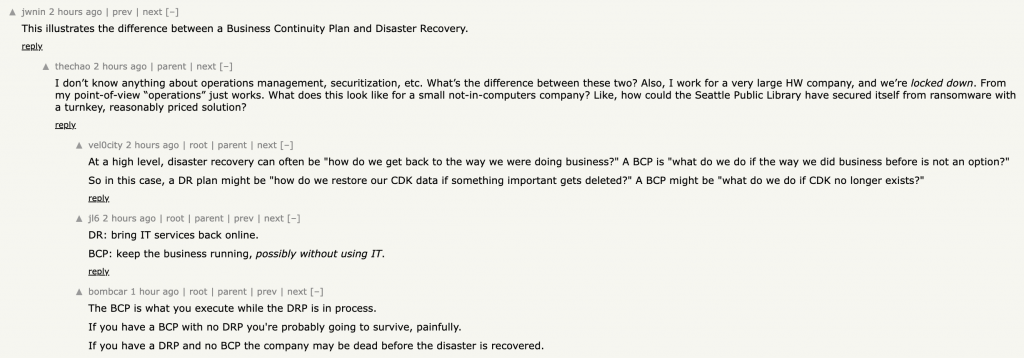A self note for querying json data in SQLite. BTW, I think SQLite is an under utilized and under appreciated swiss army tool for data storage and manipulation. And thanks to Richard Hipp, it is free.
If you have a column defined as a json type in your SQLite database, quickest way to search for the data is json_extract. A full set of functions available are documented at https://www.sqlite.org/json1.html
If you have a column named family_details in a table family with the following json in it as an example
{
"father": {
"name": "dad",
"birthday": "1/1/2000",
"pet_name": "daddy"
},
"mother": {
"name": "mom",
"birthday": "1/1/2001",
"pet_name": "mommy"
},
"sons": [
{
"name": "son_one",
"birthday": "1/2/2020",
"pet_name": "sonny_one"
},
{
"name": "son_two",
"birthday": "1/2/2021",
"pet_name": "sonny_two"
}
],
"daughters": [
{
"name": "princess_one",
"birthday": "1/2/2020",
"pet_name": "princy_one"
},
{
"name": "princess_two",
"birthday": "1/2/2021",
"pet_name": "princy_two"
}
]
}
and you want to print the name of the father, you can use
select json_extract(family_details, '$.father.name') as father_name
from family
json_extract uses the name of the column and the json node as parameters. In this case, we used $(which denotes the root), father and name (under father) as the json node.


